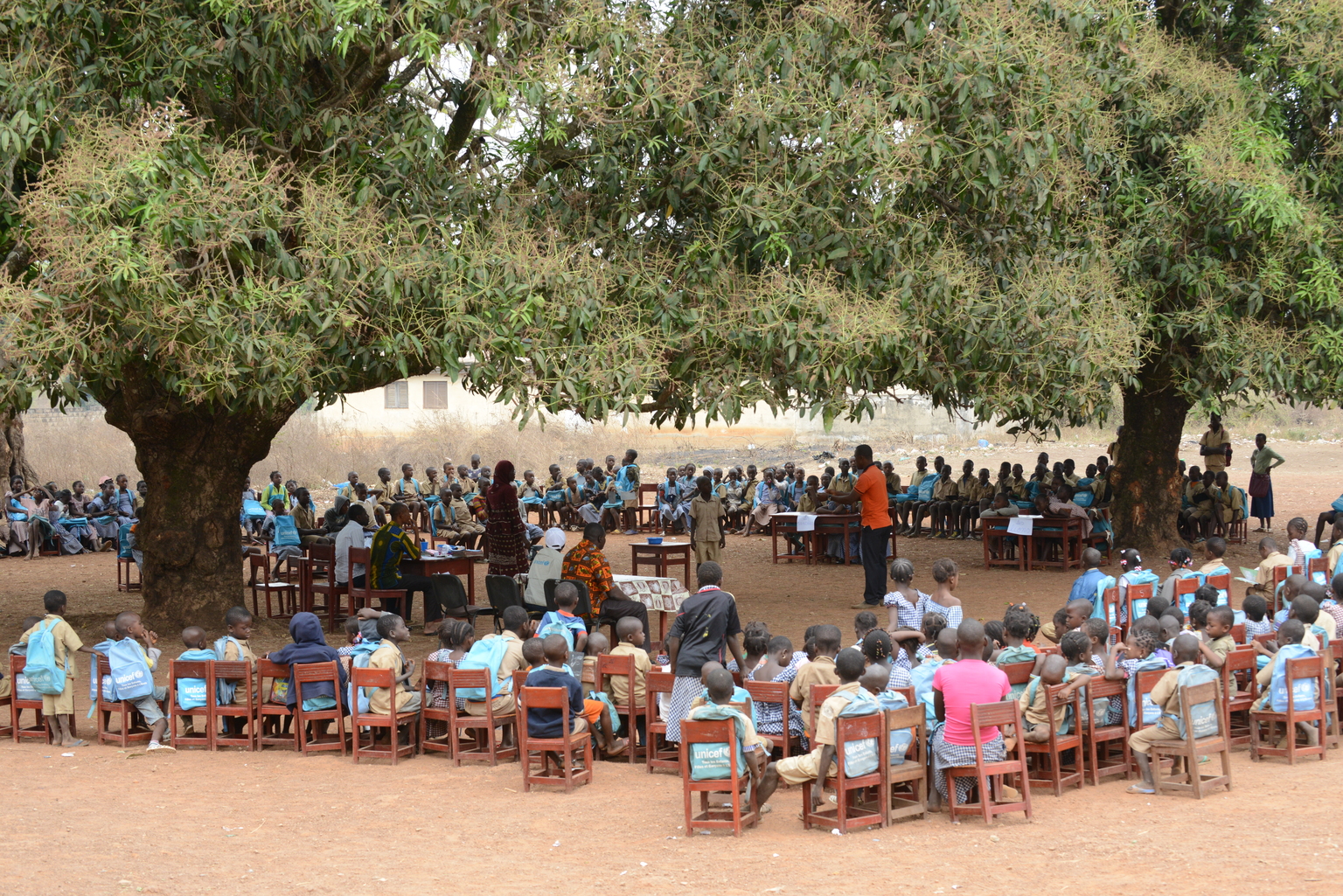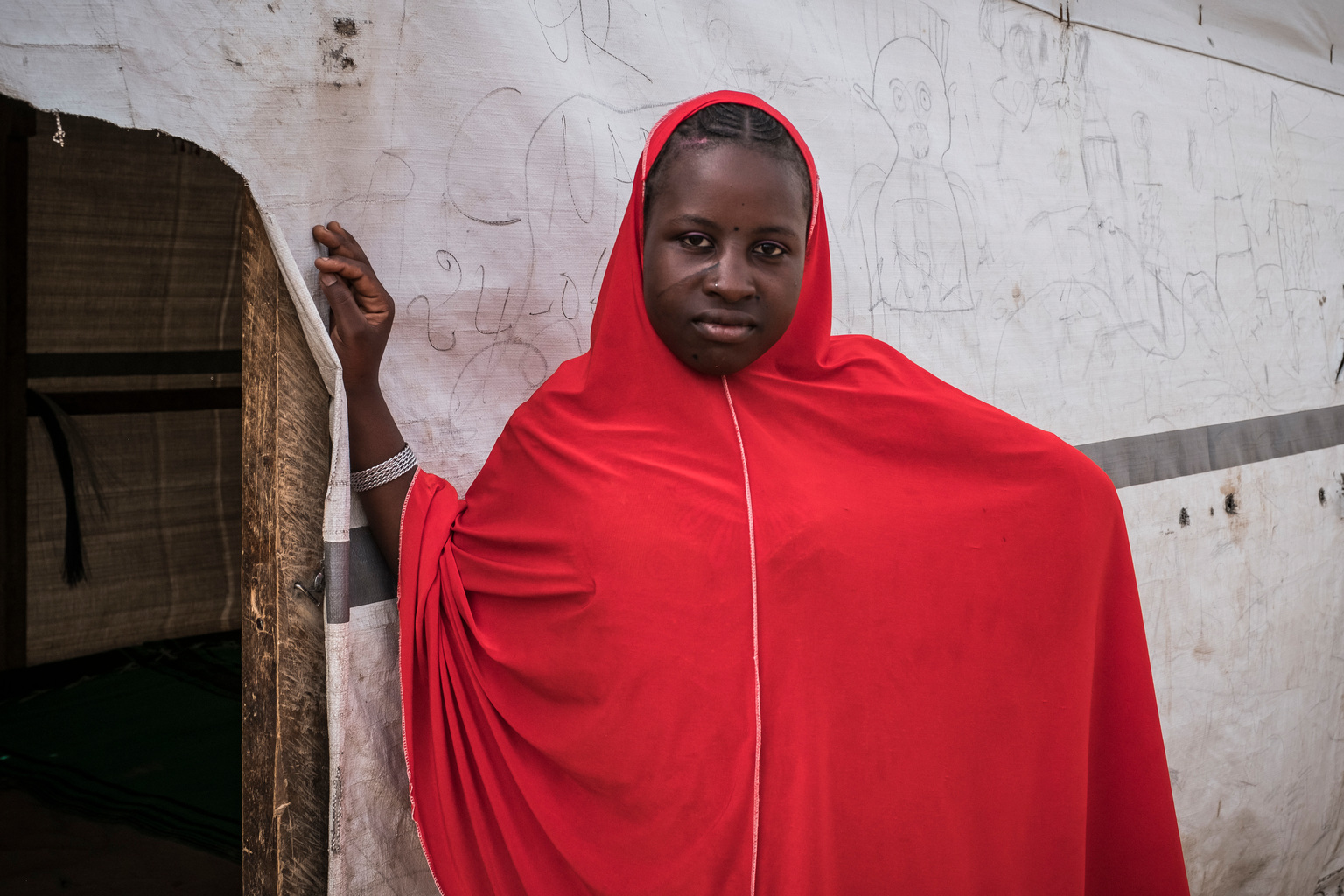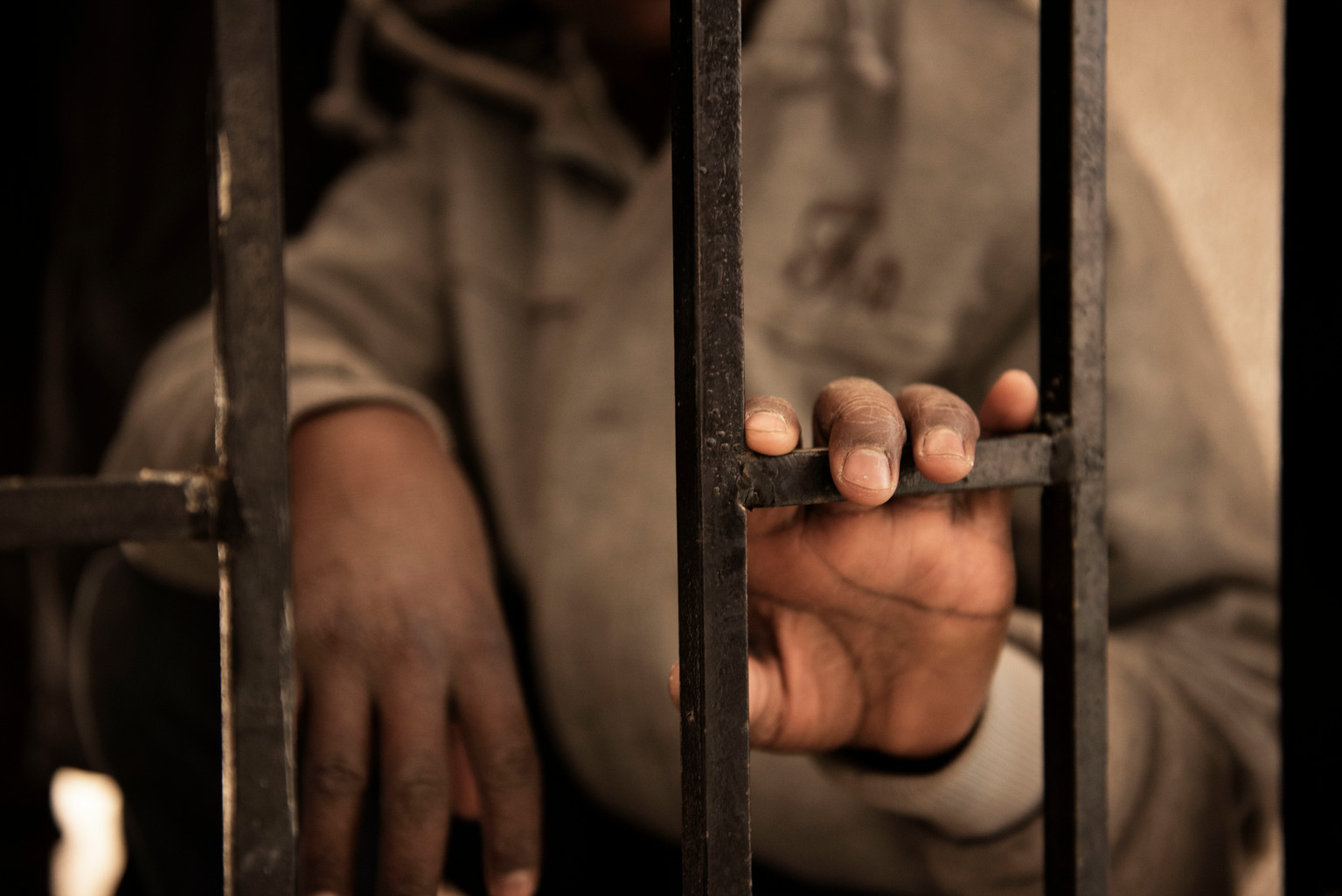尋求機會
2017-07-31
© UNICEF/UN05325/Dragaj
暴力衝突、貧窮和氣候變化使移民兒童離鄉別井,大部分仍在非洲生活。每年在西非和中非有1,200萬人遷徙到其他地方,當中超過半數為兒童。約有75%兒童生活在非洲撒哈拉以南,只有不到兩成的兒童正在遷徙到歐洲。人口快速增長、城市化、氣候變化、經濟發展不平衡和衝突持續導致移民的兒童和青少年數量增加。

© UNICEF/UNI82205/Holt
非洲撒哈拉以南嚴重受氣候變化影響。科學家預測,這裡的氣溫將會上升3-4度,高於全球整體預測水平。長期乾旱和強烈暴風雨使農業和畜牧業發展艱難,迫使人們遷徙,尋求更美好的生活。圖為2010年在乍得的沙塵暴。

© UNICEF/UN037727/Bindra
城市化是移民潮爆發的主因。高薪厚職-工作不再依賴農作物或雨水,許多人離開家園,紛紛前往城市發展。新思想和新文化是吸引人們遷徙歐洲的第二大主因。圖為2016年尼日利亞熙熙攘攘的大街。

© UNICEF/UN016963/Dejongh
預計到2050年,西非和中非的人口會增長一倍。人口大幅增長不僅會耗盡環境資源,還對有限的基礎設施造成壓力,如教育資源和醫療保健,更令資源爭奪更激烈。圖為2016年科特迪瓦學校的閱讀學會。

© UNICEF Cameroon/2017/Catton
伊麗莎白今年13歲。兩年前,伊麗莎白從中非共和國的衝突中逃脫。她在途中與家人失散,並在寄宿家庭安頓下來,但換來的代價是嫁給一名陌生男人。
她說:「我知道只有教育能幫助我實現夢想。」

©UNICEF WCARO/2017/Rose
逃離到逸塞內加爾後,12歲的安妮‧瑪麗(化名)與母親和妹妹一起生活在細小房間。在2011年中非共和國的衝突中,房屋被燒毀,她從此變得一無所有。由於多年沒有身份證件,她們無法獲得教育,也沒有足夠食物。

© UNICEF/UN063974/Dejongh
很多弱勢兒童都像九歲的克里斯,他們警示我們移民之路是多麼的艱苦。許多移民遭邊緣化,無法獲得醫療保健和教育資源。克里斯與母親居住在科特迪瓦搭建的帆布下,下雨時洪水氾濫,晴天時蚊蟲漫天。

© UNICEF/UN029232/Phelps
瑪哈澤納今年六歲,父親五年前離開尼日爾的村莊,前往利比亞尋找工作。母親則冒着生命危險穿越沙漠,前往阿爾及利亞賺錢,後來卻遭遣返。經濟壓力迫使他的姐姐不得不輟學,提早結婚。

© UNICEF Gabon/Dicko/2016
圖為來自加蓬的14歲女孩海琳(化名),手舉標語「我是孩子,不是商品」。家人生活在貝寧,迫切想要幫她尋求更好的未來,卻不料受騙,墮入人販子陷阱。海琳說:「我在加蓬從來沒有上學。」「我常常挨打,身體虛弱,從未接受任何醫療幫助,我甚至吃不飽。」

© UNICEF/UN060345/Sokhin
尼日利亞難民哈夫賽·奧馬爾今年16歲,站在達累斯薩拉姆難民營學校的教室外。來乍得以前,哈夫賽從未上學。2015年剛來乍得時,她第一次上學,但因結婚,在2017年2月退學。

© UNICEF WCARO/ 2017/Rose
2017年,在馬里的一個公交車站,站牌上印滿了前往利比亞途經城市清單,令人眼花繚亂。對於那些從未離開過村莊的人來說,在複雜的交通網絡中很難找到正確的路。途中的人販子承諾為他們安排藏身之處,但卻往往食言而廢。

© UNICEF WCARO/2017/Delvigne-Jean
穆斯塔法在到達利比亞後又返回位於岡比亞的家,他說:「你可以看到人們遭射殺,毆打和折磨。」「到達利比亞以前我從未聽到槍聲。而在那裡幾乎每天日日夜夜都可以聽到。」
穆斯塔法建立了一個組織來幫助返回家園的移民。

© UNICEF/UN052682/Romenzi
2017年,14歲的伊薩留在利比亞的一家拘留中心,他說:「我兩年半前離開尼日爾。」「我的父親為我籌錢踏上旅途,他祝我好運,然後讓我離開。」
雖然每月的工作報酬不足港幣234元 (30美元),但在被拘留前,伊薩還會一直存錢買船票,移民到意大利。 」

© UNICEF Mauritania/2017/Alvarez
四歲的優素福夢想返回幾內亞的家園。父親巴布卡離家前往西班牙,但卻在毛里塔尼亞花光所有錢,不得不當建築工人維持生計。六年後,他放棄前往歐洲的夢想,只想與家人返回家園。

© UNICEF Central African Republic/2017/Luthi
16歲的希拉已經結婚並為人母,她的丈夫離開馬里前往赤道幾內亞尋找工作。儘管已經很久沒有他的消息,他還是一直在寄錢給家裡。然而,生活依然過得十分艱難,她不僅要做飯,打掃,拾柴,還要在附近的一座金礦工作。

© UNICEF/UN034820/Schermucker
圖為2016年,阿瓦與她的女兒南特妮在馬里生活。為了尋求更好的生活,直至解決貧窮根源問題,並提出解決方案如提供工作機會、醫療保健和平等教育之前,人們將會繼續踏上危險的遷徙之路。









